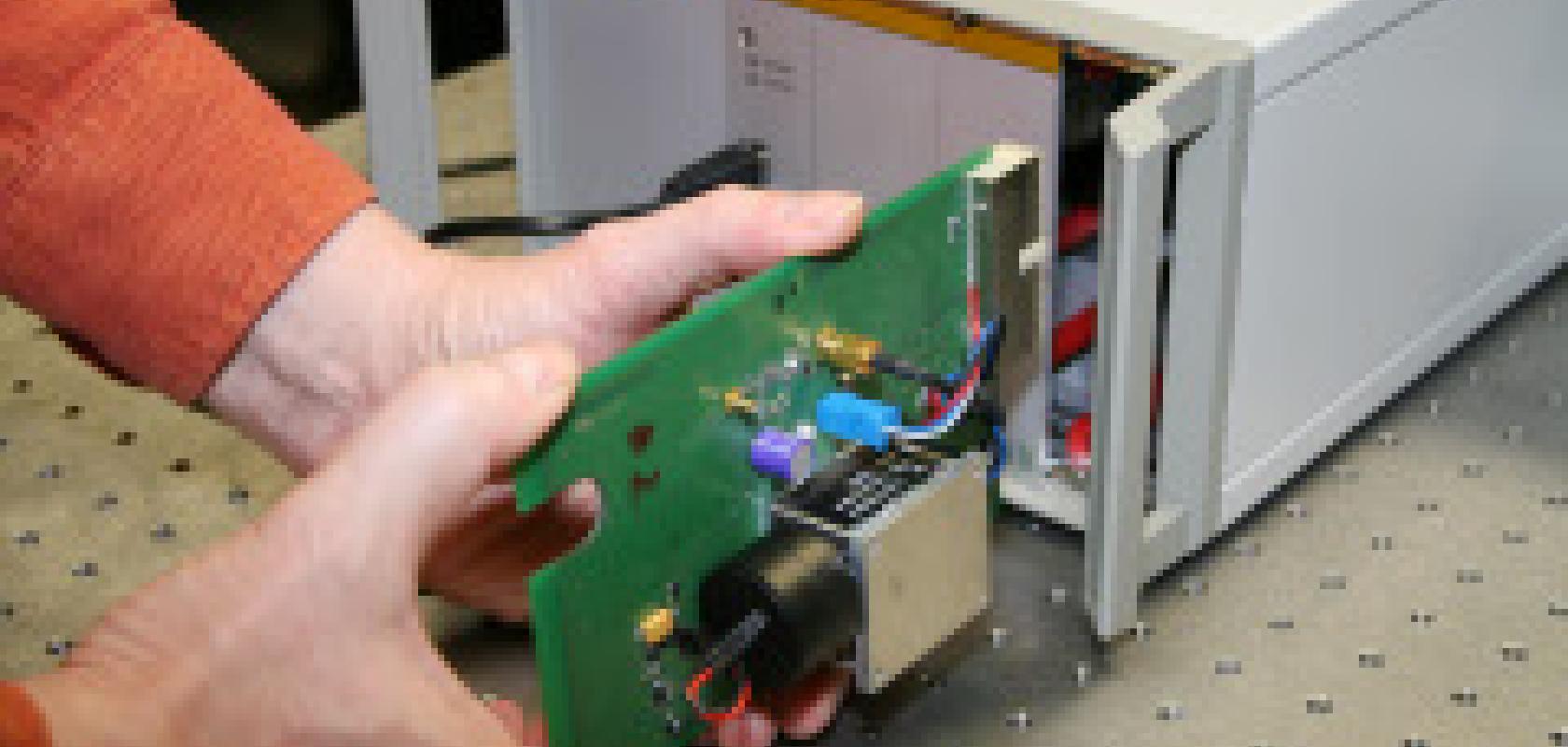PicoQuant and the Nano-Optics groups at the Department of Physics at Humboldt University, Berlin have used photonic techniques to create a quantum random number generator (QRNG) which achieves randomness by looking at photon arrival times. The company and the University are offering these random numbers via a free service which steams numbers at up to 150Mbits/s over USB or via the University's website.
The design of the QRNG offers substantially higher bit rates than previous solutions available to the public. This has become possible by exploiting most recent photon timing instrumentation and state-of-the-art data processing in hardware. In addition to providing high speed, the post-processing algorithm applied to the raw data is based on solid predictions from information theory which, the developers say, guarantees conservation of randomness, allowing for the use of the random numbers in secure encryption schemes.
Randomness is a valuable resource in many areas of science and technology - Monte Carlo simulations and secure encryption methods in particular. While computer generated random numbers can be used for some applications, they remain fundamentally non-random; anything generated by an algorithm is essentially predictable. An accessible and convenient source of quantum randomness is ubiquitously available in the form of single photons. Several photon-based random number generators utilising quantum indeterminism have been proposed and realised in the past, although PicoQuant states that these implementations are not reliable or cost efficient enough for routine use outside the physics laboratory. This, the company says, is the motivation for the development of the QRNG. The project was funded by the German national research organisation (BMBF) under its 'Kephosi' framework.


